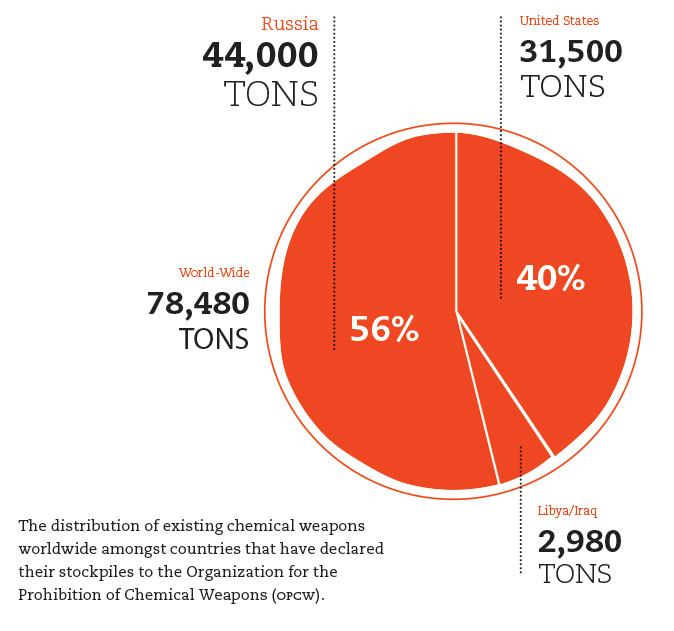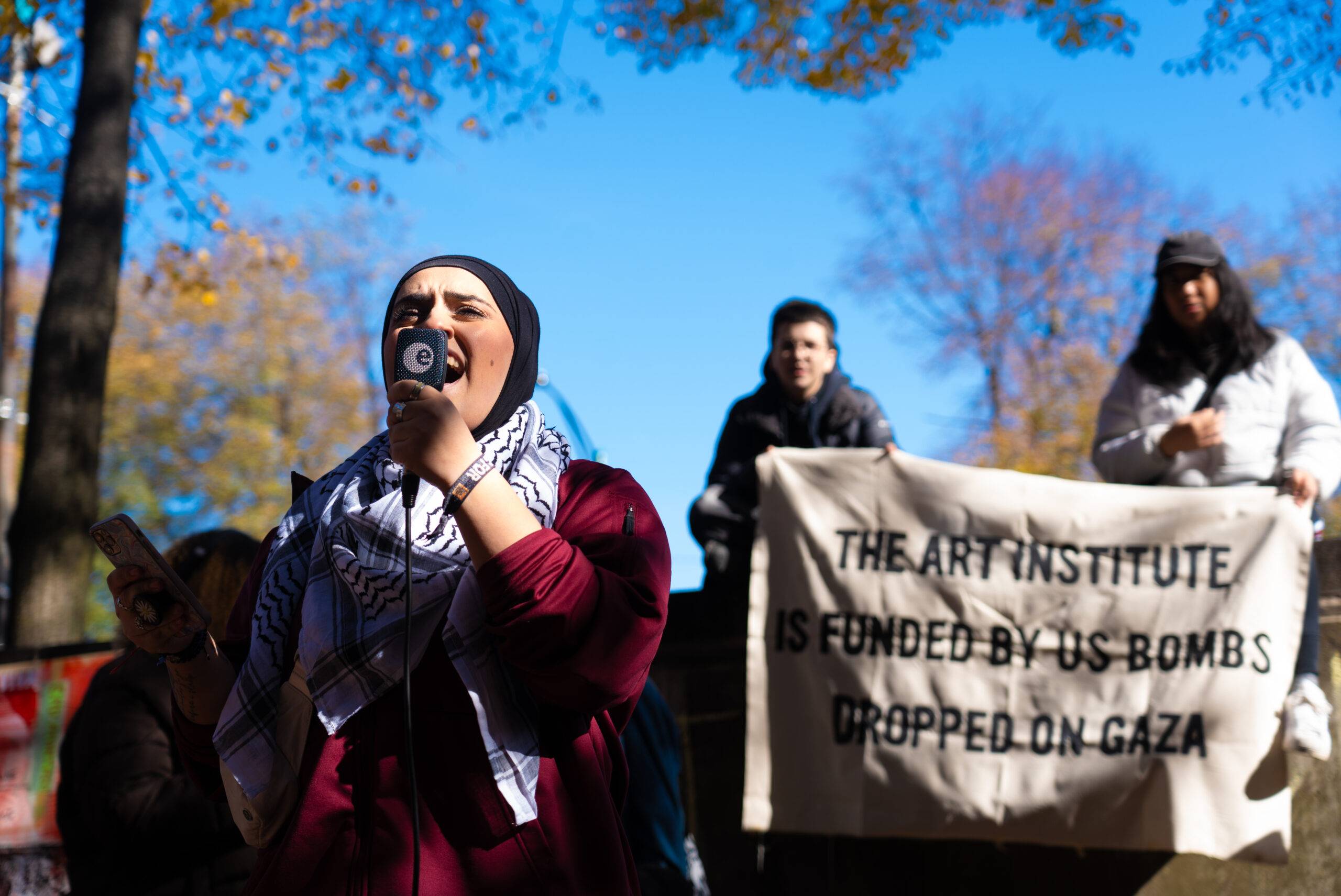A guide to understanding the complexity of the Syrian conflict
The Syrian conflict began in 2011 with non-violent protests during the Arab Spring, a wave of demonstrations and protests that has swept more than a dozen countries, forcing rulers from power. In Syria these civilian protests were met with violent repression from the government leading to the defection of Syrian soldiers and the formation of armed rebel groups. The conflict is complicated by religious rivalries, as the members of Assad’s regime are Alawite, Shiite Muslims, whereas most of the rebels are Sunni Muslims.

Numbers:
– 100,000 Estimated Death Toll
– More than 2 Million Refugees, about 10% of the population.
– Between 500 and 1,300 killed with Sarin nerve gas.
Supporting Assad’s Regime:
– Russia
– China
– Iran
– Hezbollah
Internal Opposition to Assad:
– Syrian National Coalition
– Free Syrian Army
– al-Nusra (Al-Qaeda affiliated)
– Islamic State of Iraq and Syria (Al-Qaeda affiliated)
Countries Recognizing the Syrian National Coalition as a legitimate representative of the Syrian People: Arab League, Bahrain, Kuwait, Oman, Qatar, Saudi Arabia, United Arab Emirates, France, Turkey, Italy, United Kingdom, Spain, Denmark, Norway, Netherlands, Germany, Belgium, Luxembourg, United States, Australia, Malta
The Case for Intervention:
Chemical weapons attacks against Syrian civilians, which violate international law, are strongly suspected to be attributable to the Assad regime.
The Syrian military has committed numerous human rights violations since April 2011.
The conflict in Syria has created a massive refugee population with no immediate solutions for resettlement or conflict resolution.
According to the UN concepts of Humanitarian Intervention and the Responsibility to Protect (emanating from the Right to Interfere), nations have a moral responsibility to act against the national sovereignty of another state to protect civilians from death and displacement.
Overthrowing Assad could politically weaken Iran and Hezbollah.
The Case Against Intervention:
US military intervention would violate international law, which only allows self-defense or intervention approved by the UN Security Council.
However, among the six permanent members of the Security Council, two of them — China and Russia — would veto a military intervention of Syria.
The instability of the current power structure in Syria is such that attempts to ship arms to rebel factions bear the risk of worsening rebel in-fighting and leading to greater loss of civilian life.
Congress is opposed to military intervention, and acting without Congressional authorization would violate the US Constitution. US military intervention could lead to a regional war.
Many people fear that intervention would lead to unnecessary death, suffering and the creation of “another Iraq.”
(Sourced from United Nations, Associated Press Interactive)






















